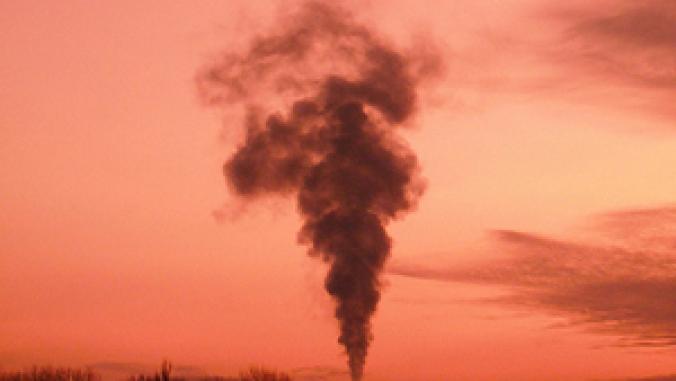Energy East Halves Emissions, Vodafone Plans Same
While one company recently cut its CO2-equivalent emissions in half, the other has just laid out plans to do the same to its CO2 footprint.
Energy East has cut its carbon dioxide equivalent emissions in half, and Vodafone Group aims to also halve its CO2 emissions.
Energy East, which provides energy services in upstate New York and New England, emitted just over 100,000 tons of CO2-equivalent in 2007, half of the more than 200,000 tons it put out in 1999.
The reductions came from a few key areas: reducing sulfur hexafluoride emissions, improving leak detection and repairs at natural gas companies to prevent methane emissions, improving fleet efficiency partly by integrating hybrids vehicles and improving energy use in buildings. Sulfur hexafluoride and methane are each more potent than carbon dioxide.
As Energy East announced success in cutting emissions, Vodafone Group laid out plans to reduce its CO2 emissions by half by 2020. The telecommunications company is using its 1.23 million tons of emissions from fiscal year 2006-2007 as a baseline. Vodafone's networks account for 80 percent of its emissions, with offices, transportation and retail responsible for the rest.
To cut its emissions it will work on running its networks more efficiently, such as using less cooling in base stations, and using more renewable energy. The company currently uses renewable energy to cover 17 percent of its network energy use, mostly through renewable energy purchasing agreements and on-site wind turbines and solar panels. In addition, Vodafone will work on products and services to help consumers cut their own energy use, including solar-powered and universal phone chargers.
Vodafone has also acquired new companies in India and Turkey, and is gathering information on their carbon emissions so they, too, can set reduction goals.
Energy East, which provides energy services in upstate New York and New England, emitted just over 100,000 tons of CO2-equivalent in 2007, half of the more than 200,000 tons it put out in 1999.
The reductions came from a few key areas: reducing sulfur hexafluoride emissions, improving leak detection and repairs at natural gas companies to prevent methane emissions, improving fleet efficiency partly by integrating hybrids vehicles and improving energy use in buildings. Sulfur hexafluoride and methane are each more potent than carbon dioxide.
As Energy East announced success in cutting emissions, Vodafone Group laid out plans to reduce its CO2 emissions by half by 2020. The telecommunications company is using its 1.23 million tons of emissions from fiscal year 2006-2007 as a baseline. Vodafone's networks account for 80 percent of its emissions, with offices, transportation and retail responsible for the rest.
To cut its emissions it will work on running its networks more efficiently, such as using less cooling in base stations, and using more renewable energy. The company currently uses renewable energy to cover 17 percent of its network energy use, mostly through renewable energy purchasing agreements and on-site wind turbines and solar panels. In addition, Vodafone will work on products and services to help consumers cut their own energy use, including solar-powered and universal phone chargers.
Vodafone has also acquired new companies in India and Turkey, and is gathering information on their carbon emissions so they, too, can set reduction goals.




